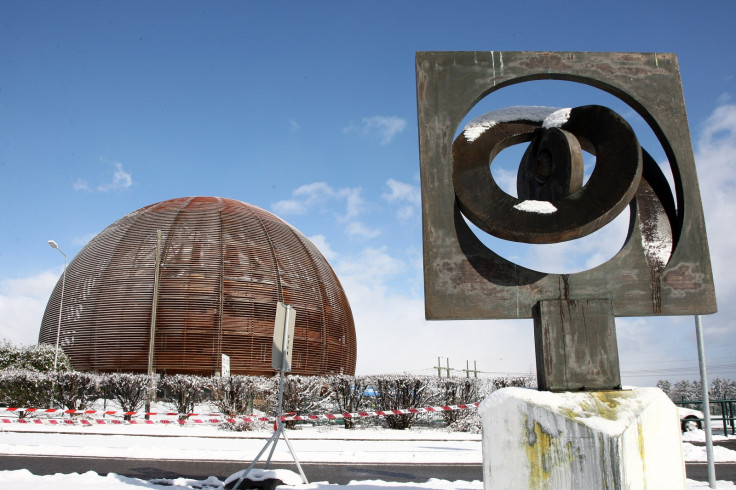Higgs Boson: Elusive God Particle May not have been Discovered After All

The elusive Higgs particle may not have been discovered yet, scientists have said, claiming current data does not confirm the presence of the 'God particle'.
Two years ago, researchers at the European Organization for Nuclear Research (Cern) announced they had discovered the Higgs particle – an elementary particle in the Standard Model of Particle physics.
A year later, Peter Higgs and Francois Englert were awarded the Nobel Prize in Physics for their work on the theory of the Higgs boson.
However, scientists at the Centre for Cosmology and Particle Physics Phenomenology, Department of Physics, Chemistry and Pharmacy at the University of Southern Denmark have now questioned the discovery, saying there are other possible explanations for the particle.
Associate professor Mads Toudal Frandsen explained: "The Cern data is generally taken as evidence that the particle is the Higgs particle. It is true that the Higgs particle can explain the data but there can be other explanations, we would also get this data from other particles.
"The current data is not precise enough to determine exactly what the particle is. It could be a number of other known particles."
Physicists agree that the Cern experiments did find a new particle that had never been seen before.

Published in the journal Physical Review D, the scientists say that while their analysis does not reject the Higgs particle theory, they believe it could also be a different kind of particle.
"We believe that it may be a so-called techni-higgs particle. This particle is in some ways similar to the Higgs particle - hence half of the name", Toudal Frandsen explained.
Techni-higgs particles and Higgs belong to two different theories of how the universe was created. The Higgs fits with the Standard Model – a theory that explains how the basic building blocks of matter interact and are governed by four fundamental forces, but does not explain what dark matter is.
The techni-higgs is entirely different. If they exist, techni-quarks must be bound together by an as-of-yet unknown force of nature dubbed the technicolor force.
Toudal Frandsen said: "A techni-higgs particle is not an elementary particle. Instead, it consists of so-called techni-quarks, which we believe are elementary. Techni-quarks may bind together in various ways to form for instance techni-higgs particles, while other combinations may form dark matter. We therefore expect to find several different particles at the LHC, all built by techni-quarks."
Scientists say the particle found by Cern could be a light techni-higgs particle composed of two techni-quarks. They said further research at Cern – including a more powerful accelerator – could eventually lead to the direct observation of techni-quarks.
© Copyright IBTimes 2025. All rights reserved.





















